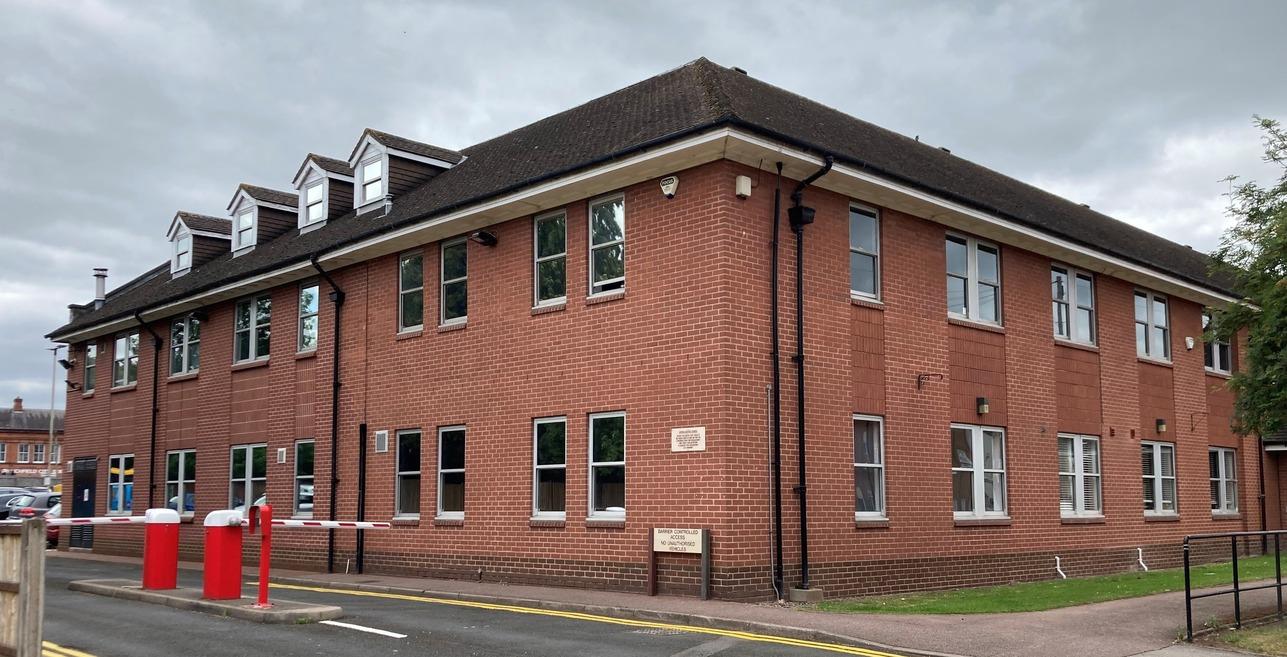
Looking today at the modern complex of offices that are home to Lichfield District Council, it is difficult to imagine that parts of the building date back from as long ago as 1682, and have a history which goes back over 500 years.
Both the council chamber and the leader of the council's office are housed in two of Lichfield's most historic buildings, the Old Grammar School and the School Master's House.
Lichfield's Old Grammar School, which in its day ranked alongside schools such as Eton and Winchester, was on the same site as our offices for more than 400 years. In that time, it provided education to many famous faces, who later went on to be influential men of their age.
The first grammar school
The first school was built in 1495. Little is known about this period, apart from extracts from the New Statutes of November 1495, where Bishop Smythe wrote:
'It is appointed that there be a Master of Grammar in Priests Orders who shall instruct in grammar all Scholars Gratis, which Master shall receive for his stipend the sum of £10 annually.'
The first school probably stood nearer the road than its successors and must have been demolished before 1577 as a deed from the 27 April 1577 describes the 'new school'.
The 'New School' and the Schoolmaster's House
It was this second school that produced many famous scholars, including three pupils who were buried in Westminster Abbey:
- Samuel Johnson - Lichfield's most famous son, the great lexicographer.
- David Garrick - The celebrated actor and populariser of Shakespeare, after whom the Lichfield Garrick theatre is named.
- Joseph Addison - 18th century politician and writer.
The Schoolmaster's House was built in 1682 in the Jacobean style, and fronts Upper St John Street. The bills for erecting the house have been found in the archives of Lichfield Conduit Lands Trust. The cost amounted to £288 17s 7d. This does not include the cost of the timber, which was largely donated as individual trees.
As well as being home to 14 successive headmasters of the grammar school (until 1903), the attics were also used as dormitories for the boarders. Some of the initials can still be seen on the oak doors.
The stone mullioned windows on the ground floor of the building, adjoining the garden, were originally in the second grammar school, which was built in 1577 and demolished in 1849 to make way for the present building.
20th century to present day
The site was used as a grammar school until 1903, with the area at the front being used as the scholars' playground. In the end, the lack of land meant the school moved to its present site on Upper St John Street, where it merged with Kings Hill Secondary Modern in 1973 to become King Edward VI School.
In December 1902, the school and master's house were sold to Theophilus Basil Percy Levett, who sold it to a Doctor Herbert Major Morgan only two months later.
Lichfield Rural District Council (as we were then known) bought the property in 1917. It was immediately taken over by the army that used it as a pay office for the Lincolnshire Regiment during the First World War.
After the war, the rural district council regained ownership of the building, and it has been used for local government ever since.
The school house now houses the council chamber.

